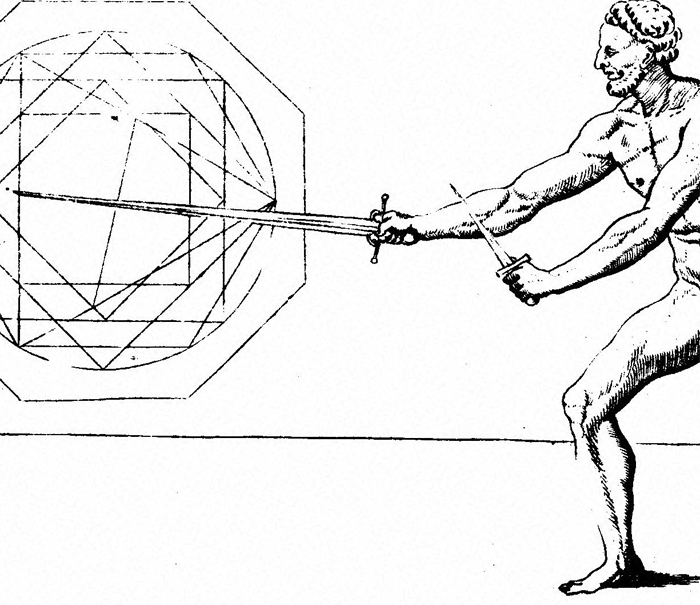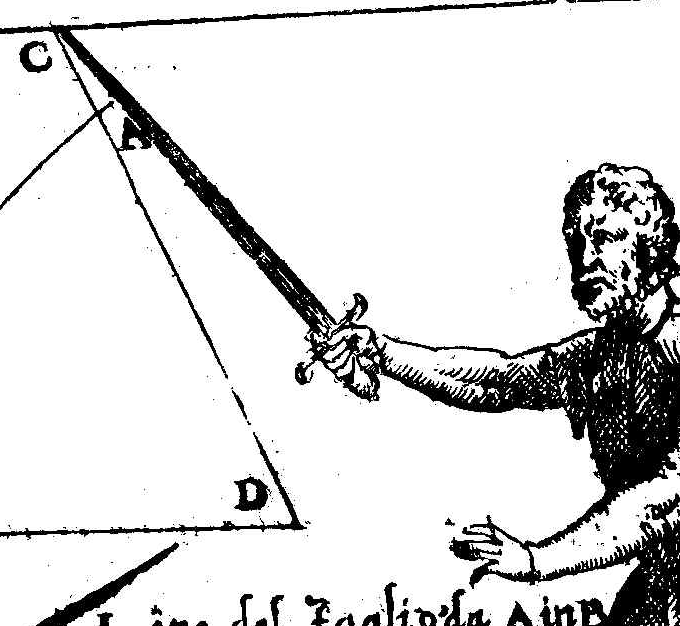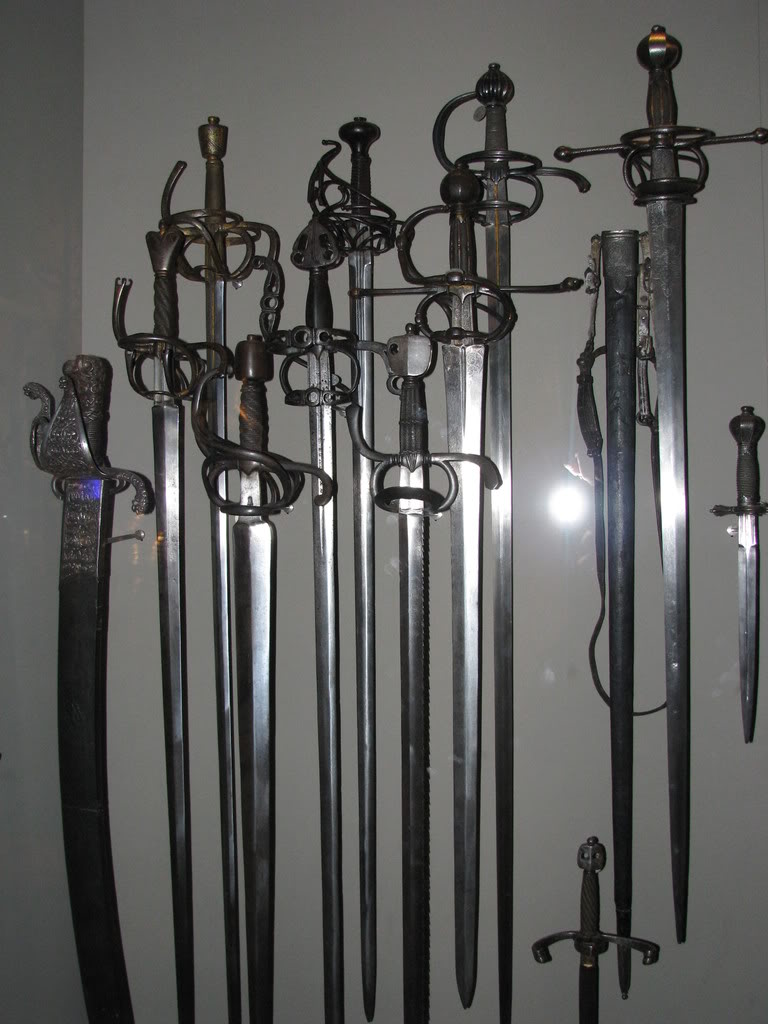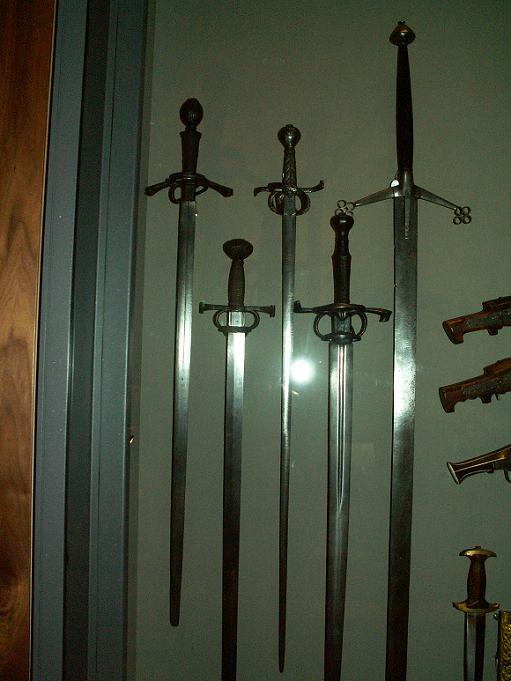Posts: 1,757 Location: Storvreta, Sweden
Sun 07 Mar, 2010 8:55 am
That sword is mine *and* it is the original (they are one and the same) :)
I was asked to make a sword for the Royal Armouries to use for their knighting of children during various festivals and open house events.
The theme of the project was the romance of the knightly ideals of the early 17th C. There were tourneys and festivities celebrating ancient/medieval times at that time.
There are swords surviving from this period that show a romantic mix of old elements with the contemporary. I think the illustrations that have inspired Sean Flynt´s project is an expression of the same thing: not necessarily depicting specific or popular sword types, but drawing Swords with an archetypical or classic flavor. A way to build a credibility of having support from ancient times, or re establishing old arts. That is the spirit of the renaissance after all...
I presented half a dozen different suggestions to a design that would be in this spirit: a sword of the early 17th C that would celebrate the ideals of older times. This design was the favorite and it was fun to make.
I have seen some swords that were made like this. There is one in the
Wallace collection that is a very god example. It looks like a very big left hand dagger. An italian blade. I shall see if I can dig out the catalogue number. It is not depicted in the printed catalogue. I do not know how much they have advanced with internet publishing of the new photos of all th objects in the collection?
It is fun seeing my old sword. It must now be ten years old or more.
It starts to look almost genuine! :p
On the left is A&A´s replica of the rapier of Gustav Wasa.










